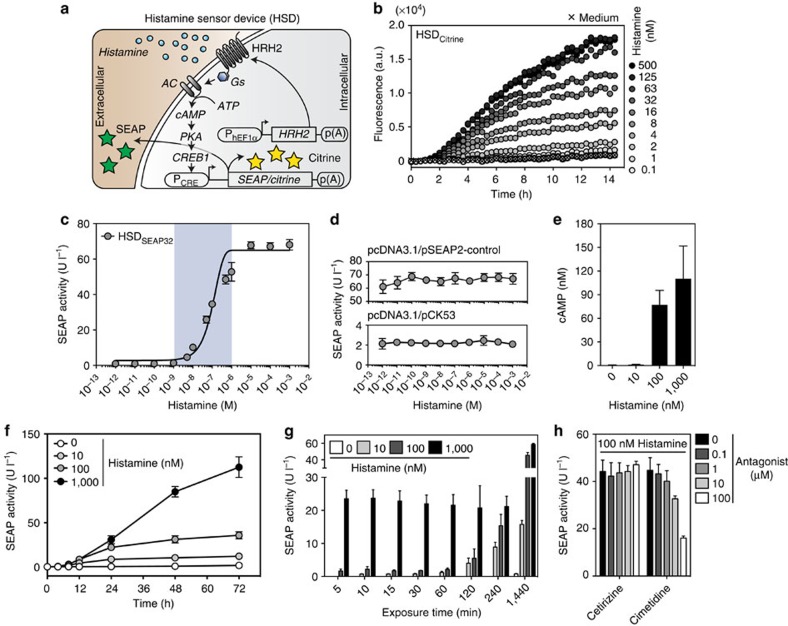Figure 1. Characterization of the histamine-triggered transgene switch.
(a) Illustration of the histamine sensor device (HSD). Following constitutive expression by the human elongation factor 1 alpha promoter (PhEF1α), the histamine receptor H2 (HRH2) localizes to the plasma membrane. The G protein-coupled receptor HRH2 senses extracellular histamine and triggers Gs-mediated activation of adenylate cyclase (AC), which converts ATP to cyclic AMP (cAMP). cAMP binds the regulatory subunits of protein kinase A (PKA), whose catalytic subunits translocate into the nucleus where they phosphorylate the cAMP-responsive binding protein 1 (CREB1). Subsequently, CREB1 binds and activates a synthetic promoter (PCRE), which drives the expression of intracellular (Citrine) or secreted (SEAP) reporter proteins. (b) Real-time monitoring of histamine-triggered cellular fluorescence of HSDCitrine-engineered cell populations in a microplate reader. The plot shows the mean of three experiments. (c) Histamine sensitivity of transgenic HSDSEAP32 cells. The data points were fitted using a sigmoidal dose-response curve. The blue translucent background represents the physiological range of histamine concentrations found in human blood. (d) Effect of histamine on the SEAP expression of HEK-293 cells with pcDNA3.1 and either pSEAP2-control (PSV40-SEAP-pA) or pCK53 (PCRE-SEAP-pA). (e) Profiling of the histamine-dependent intracellular cAMP surge in HSDSEAP32 cells. (f) SEAP expression kinetics of HSDSEAP32 cells exposed to different physiological histamine concentrations. (g) Impact of different histamine doses and induction time on HSDSEAP32-mediated SEAP expression. (h) Influence of specific HRH1 (cetirizine) and HRH2 (cimetidine) antagonists on HSDSEAP32-mediated SEAP expression. The data represent the means±s.d. (n≥3 experiments).

